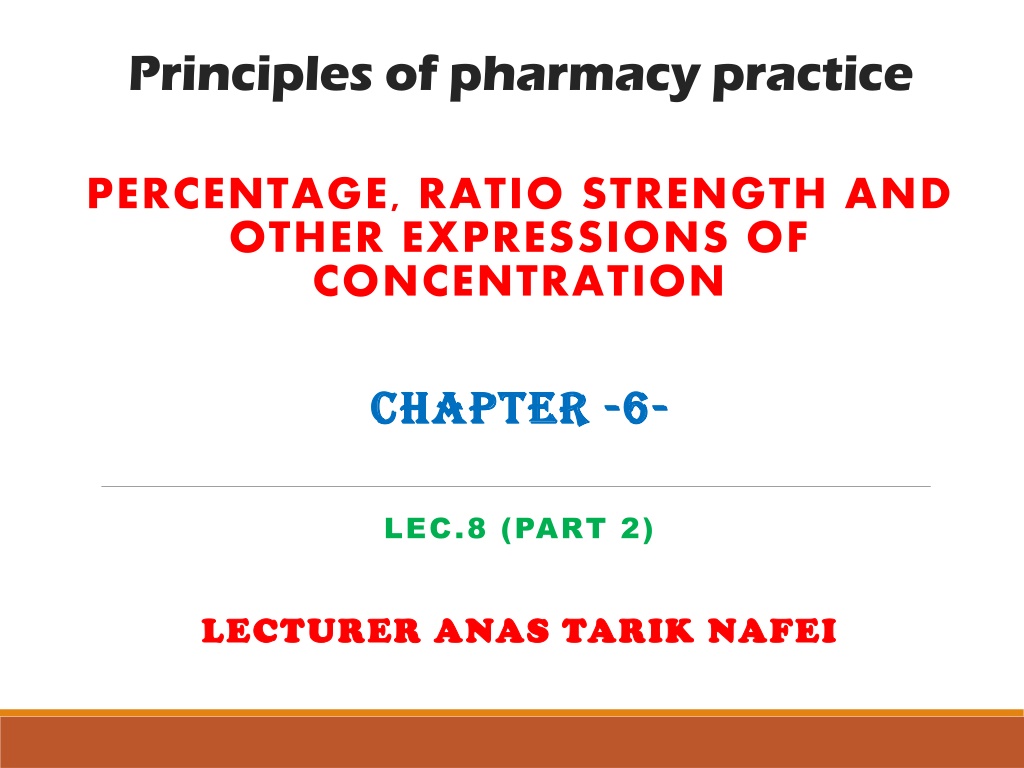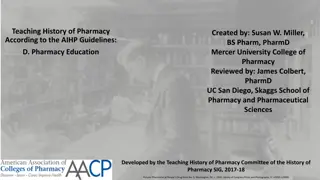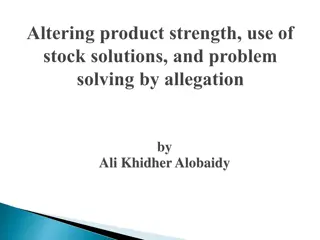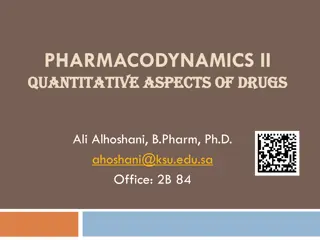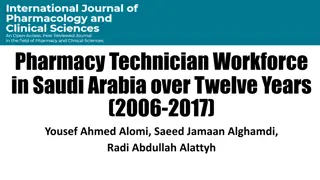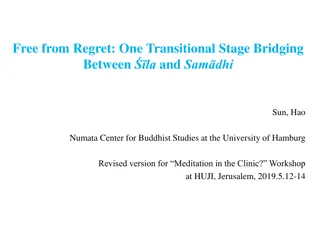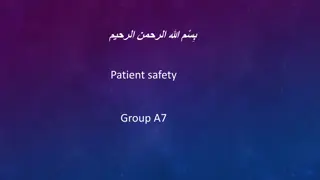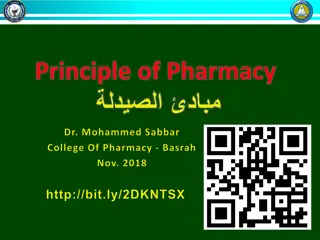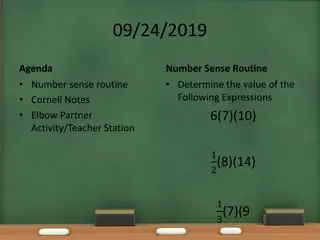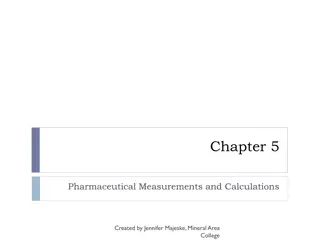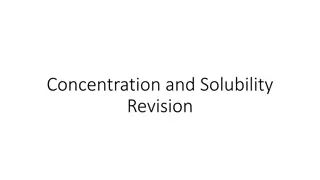Pharmacy Concentration Expressions Explained
Learn about percentage, ratio strength, and other expressions of concentration in pharmacy practice. Explore how to convert between different concentration units with examples and understand parts per million and parts per billion measurements.
Download Presentation

Please find below an Image/Link to download the presentation.
The content on the website is provided AS IS for your information and personal use only. It may not be sold, licensed, or shared on other websites without obtaining consent from the author.If you encounter any issues during the download, it is possible that the publisher has removed the file from their server.
You are allowed to download the files provided on this website for personal or commercial use, subject to the condition that they are used lawfully. All files are the property of their respective owners.
The content on the website is provided AS IS for your information and personal use only. It may not be sold, licensed, or shared on other websites without obtaining consent from the author.
E N D
Presentation Transcript
Principles of pharmacy practice PERCENTAGE, RATIO STRENGTH AND OTHER EXPRESSIONS OF CONCENTRATION CHAPTER CHAPTER - -6 6- - LEC.8 (PART 2) LECTURER ANAS TARIK LECTURER ANAS TARIK NAFEI NAFEI
Ratio strength The concentrations of weak solutions are frequently expressed in terms of ratio strength. Because all percentages are a ratio of parts per hundred, ratio strength is merely another way of expressing the percentage strength of solutions or liquid preparations (and, less frequently, of mixtures of solids). For example: (5% = 5 parts per 100 or 5:100). Although 5 parts per 100 designates a ratio strength, it is customary to translate this designation into a ratio, the first figure of which is 1; thus, (5:100 = 1:20).
Example 2:a ratio strength (1:1000), is used to designate a concentration, it is to be interpreted as follows: For solids in liquids 1g of solute or constituent in 1000 mL of solution or liquid preparation. For liquids in liquids 1 mL of constituent in 1000 mL of solution or liquid preparation. For solids in solids 1g of constituent in 1000 g of mixture. The ratio and percentage strengths of any solution or mixture of solids are proportional, and either is easily converted to the other by the use of proportion.
Example 3: Easy way: convert last 00 to percent and then divide 1 by 40 so convert to 0.025%
Example 4: Example 5:
Example 6: Example 7:
Simple Conversions of Concentration to mg/mL Conversions needed by pharmacists in patient care convert rapidly product concentrations expressed as percentage strength, ratio strength, or as g/L to mg/mL (as in IV infusions) To convert product percentage strengths to mg/mL, multiply the percentage strength, expressed as a whole number, by 10. Example 9: To convert product ratio strengths to mg/mL, divide the ratio strength by 1000. Example 10:
Parts per Million (PPM) and Parts per Billion (PPB) The strengths of very dilute solutions are commonly expressed in terms of parts per million (ppm) or parts per billion (ppb), i.e., the number of parts of the agent per 1 million or 1 billion parts of the whole Example 1:
Example 2: Example 3:
Additional Examples 1 ppm written as 1 g:1000000 mL 1/X=1000000/10 X=0.00001 g 1g=1000000 mcg X= 10 mcg g= 1000 mg so 10 mg= 0.01 g kg= 1000 g 0.01 g/1 = 1000 g/X X= 100000 So the ratio is 1:100000 w/w
